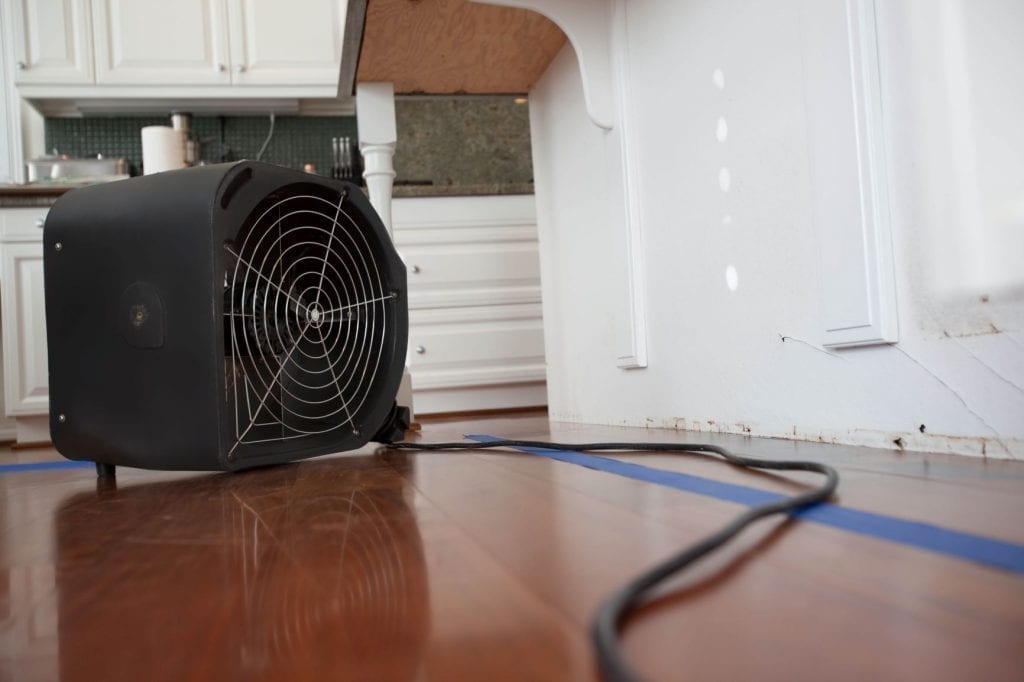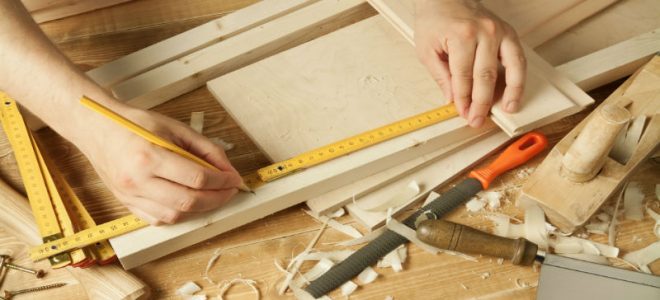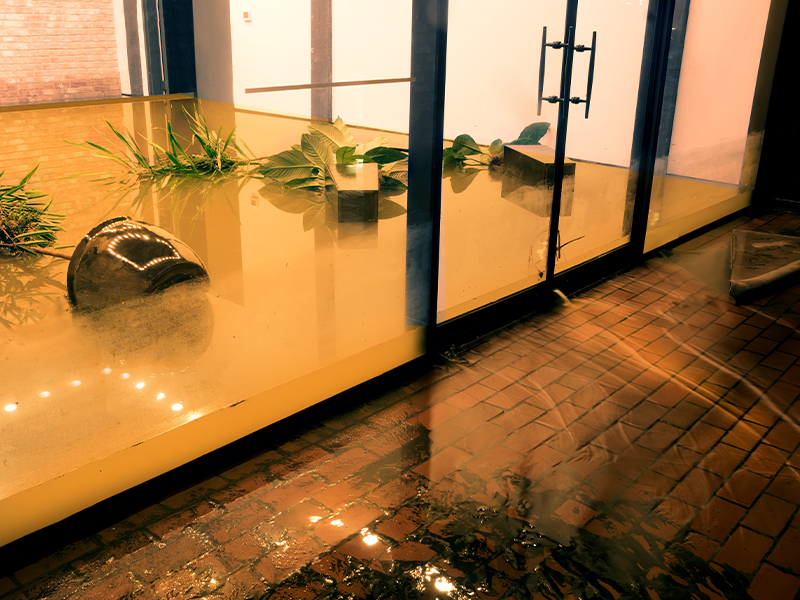What Does 21 Best Phoenix Water Damage Restoration Services Do?


Before and After: Water Damage Restoration in Sioux Falls

Water Damage Restoration - State 2 State Restoration
Getting The Water Damage Restoration: A Step-By-Step Guide - Aer To Work

After an assessment has occurred, the water restoration company will inform you the approximate time and costs needed to restore your house, as well as payment choices. Click Here For Additional Info will likewise recognize the water source to make sure the water has stopped and figure out the contamination level of the water.

Savannah Storm Damage Restoration Services - Savannah, GA
There are 3 categories of water contamination: Classifications 1, 2 and 3. Categories of Water Damage Throughout Assessment Clean water is coming from a hygienic source and does not pose a substantial health threat. Gray, Water poses a substantial risk for sickness if consumed or perhaps touched since it is considerably infected.
Black Water is a grossly infected kind of water consisting of lots of kinds of hazardous pathogens and biohazards. Seawater intrusion, toilet backflows, and water from rivers and streams are a few examples. Black Water can lead to severe illness and infection. While most houses need water mitigation, removal and remediation services, that's not always the case.
The Best Guide To Water damage - Wikipedia
Step 2: Water Removal The next step in the restoration procedure is to eliminate standing water by means of water extraction. Standing water can degrade and continue to damage your house, so all it must be gotten rid of as quickly as possible. Water extraction is specifically crucial when handling a flooded basement as standing water in the basement results in extreme mildew and mold development.
Water removal and extraction often take place between or along with mitigation and restoration services. Water restoration companies use extractors to get rid of water throughout the extraction procedure. These high-powered pumps and vacuums are developed to take in all standing and surface water from your home quickly. Numerous different types of extractors may be utilized to get rid of water, including: Submersible pumps Truck-mounted vacuums Portable wet/dry vacuums.
Step 3: Drying and Dehumidifying After the water is physically drawn out from the home, repair business start the dehumidification and drying procedure. Industrial-quality air movers and dehumidifiers are used to dry out any products that still include water or were too tough to gain access to during extraction. At this phase, your home might look dry, however some materials can be damp to the touch.
